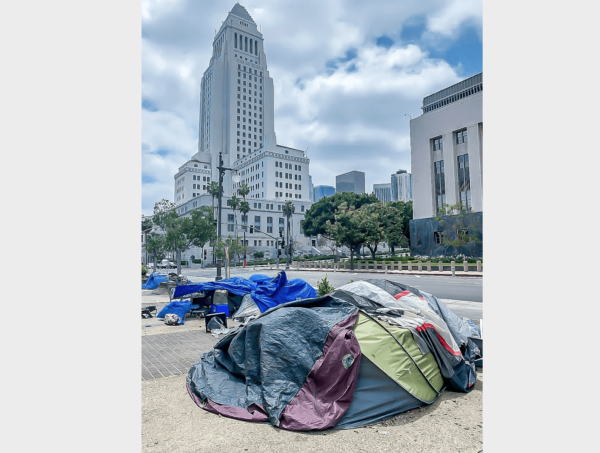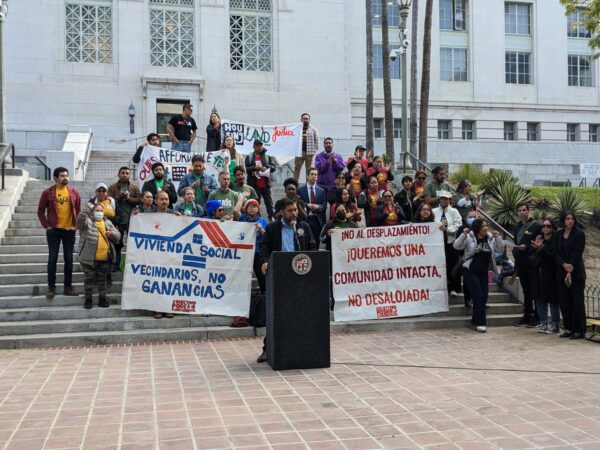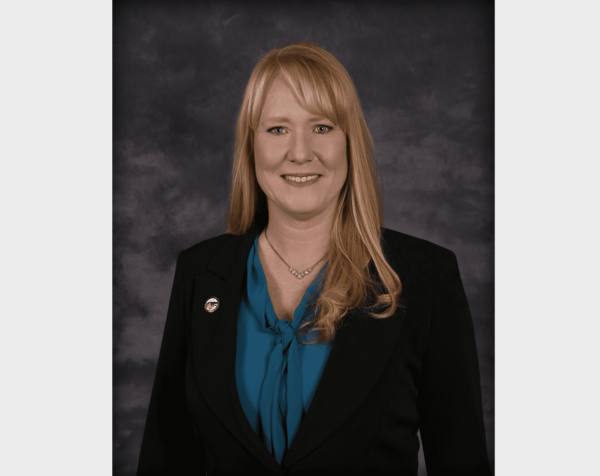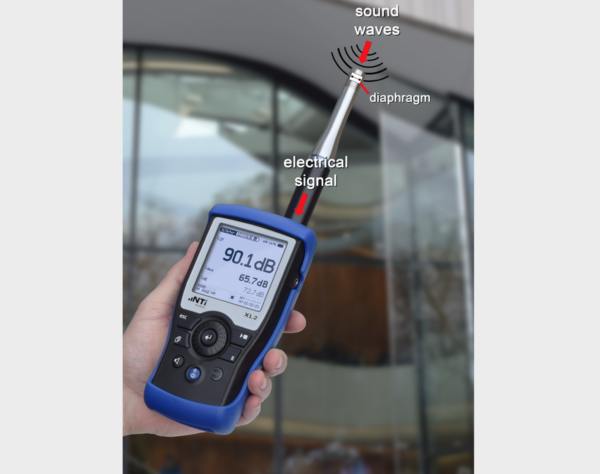Inflation, the homelessness crisis, the COVID-19 pandemic’s impacts and rising housing costs are contributing to the woes of Los Angeles County residents who recently expressed nearly historic levels of dissatisfaction with their quality of life, according to a new UCLA survey released Wednesday.
The latest edition of the UCLA Luskin School of Public Affairs’ quality of life index reveals that despite the sunshine, beaches and excellent tacos, living in Los Angeles is essentially a downer for respondents, although they admit to some slight improvements over last year.
Inflation remains a primary concern as people worry about losing their homes or feeding their families. Many residents said their quality of life had been affected by a particular homeless encampment. And they believe the pandemic’s impacts on the region will be long-lasting.
The survey measures county residents’ satisfaction levels in nine categories. The overall rating rose two points to 55, but it was still the second-lowest rating in the eight years of the project. The highest rating of 59 was recorded in 2016 and 2017.
“Last year’s record negativity appears to have bottomed out and made a slight upward turn,” said Zev Yaroslavsky, director of the Los Angeles Initiative, who oversees the index. “But inflation has taken a toll, especially among lower- and middle-income residents.”
In fact, 94% of respondents said they were affected by inflation and the increase in costs of basic needs. And 71% said it had a major impact. Rising housing costs were an issue for 82% of respondents, and 58% said the issue is a major concern.
More than a quarter, or 28%, of respondents worried about losing their home and becoming homeless, while 25% were afraid their families will go hungry because they can’t afford the cost of food. Nearly half of people in households earning less than $60,000 were concerned about becoming homeless.
Almost three-quarters of residents, 73%, said their quality of life had been impacted in the last year by a particular homeless encampment. A major impact of the encampments was reported by 43% of respondents, with San Fernando Valley and Westside residents at 50% and San Gabriel Valley residents at 28%.
Most respondents, 75%, said life has been fundamentally changed by the COVID-19 pandemic. Only 23% expect life to return to the way it was before.
Many respondents said their income changed during the pandemic, with 27% saying it went down and 30% saying it went up. More than a third, or 35%, of those with a household income below $60,000 said it declined. Nearly half, or 45%, of respondents with a household income over $120,000, said it rose.
“The income disparities that have defined the Southern California economy for several decades have been exacerbated by COVID, as the rich seem to be getting richer while the poor are getting poorer,” Yaroslavsky said. “County residents whose incomes have not rebounded have less money than they used to, and what they have doesn’t buy what it did before. They’re getting hurt coming and going.”
This year’s quality of life survey was based on interviews conducted with 1,429 county residents over 30 days beginning on Feb. 24. The survey has a margin of error of plus or minus 2.6%.
Ratings were up slightly in all nine categories except health care, which remained the same as 2022.
The survey also examined approval ratings for local elected officials. Los Angeles Mayor Karen Bass had the highest favorability, with 46% of all respondents viewing her favorably and 23% unfavorably. City of Los Angeles respondents were even more positive, with 51% favorable and 17% unfavorable.
Sheriff Robert Luna was rated 37% favorable and 21% unfavorable, while Police Chief Michel Moore received a 31% favorable and 22% unfavorable rating, according to the index.
Meanwhile, ratings for District Attorney George Gascón improved somewhat from last year but were still negative — 27% of county residents view him favorably, compared to 40% who view him unfavorably. Last year, the survey’s result was 22% favorable, 44% unfavorable.







